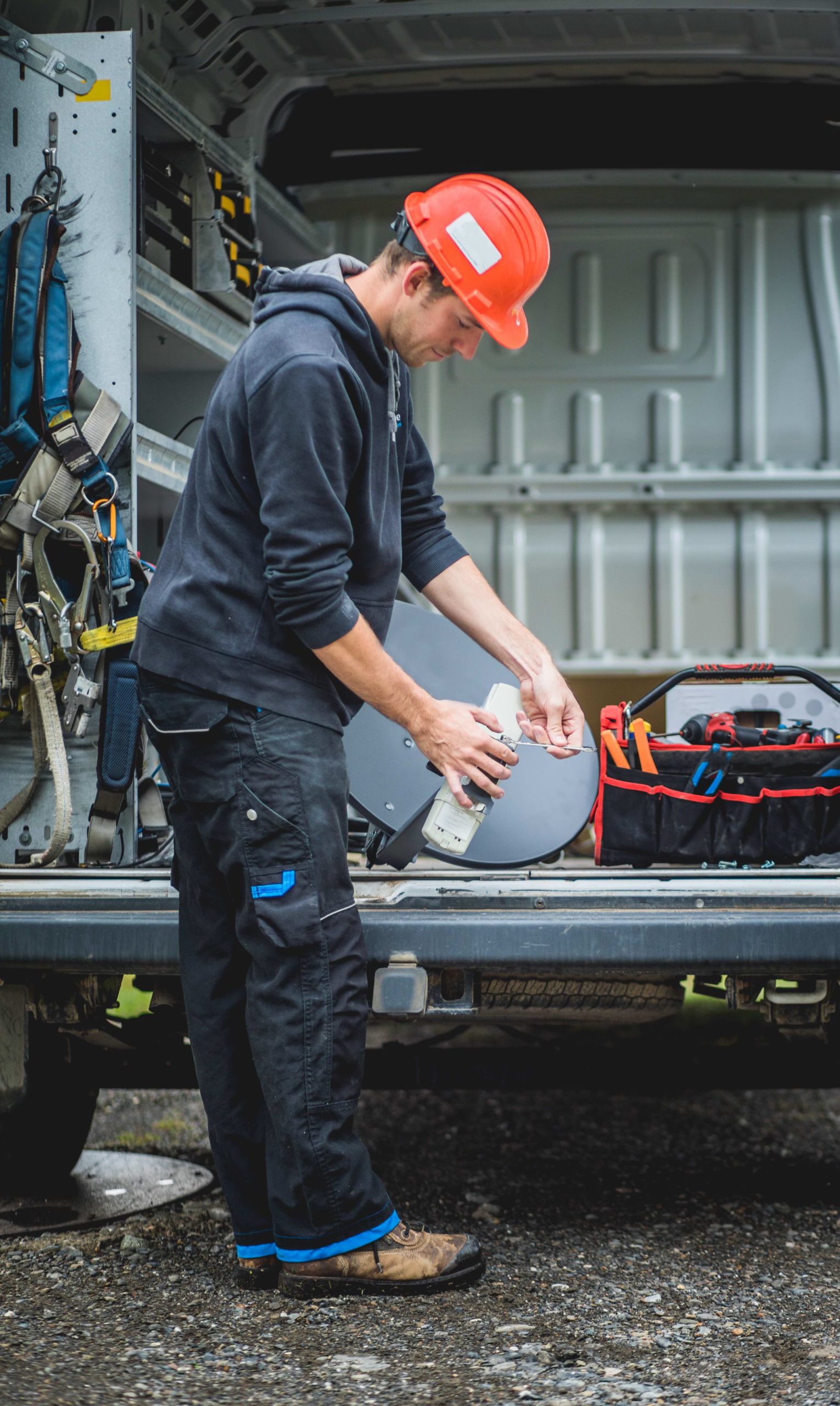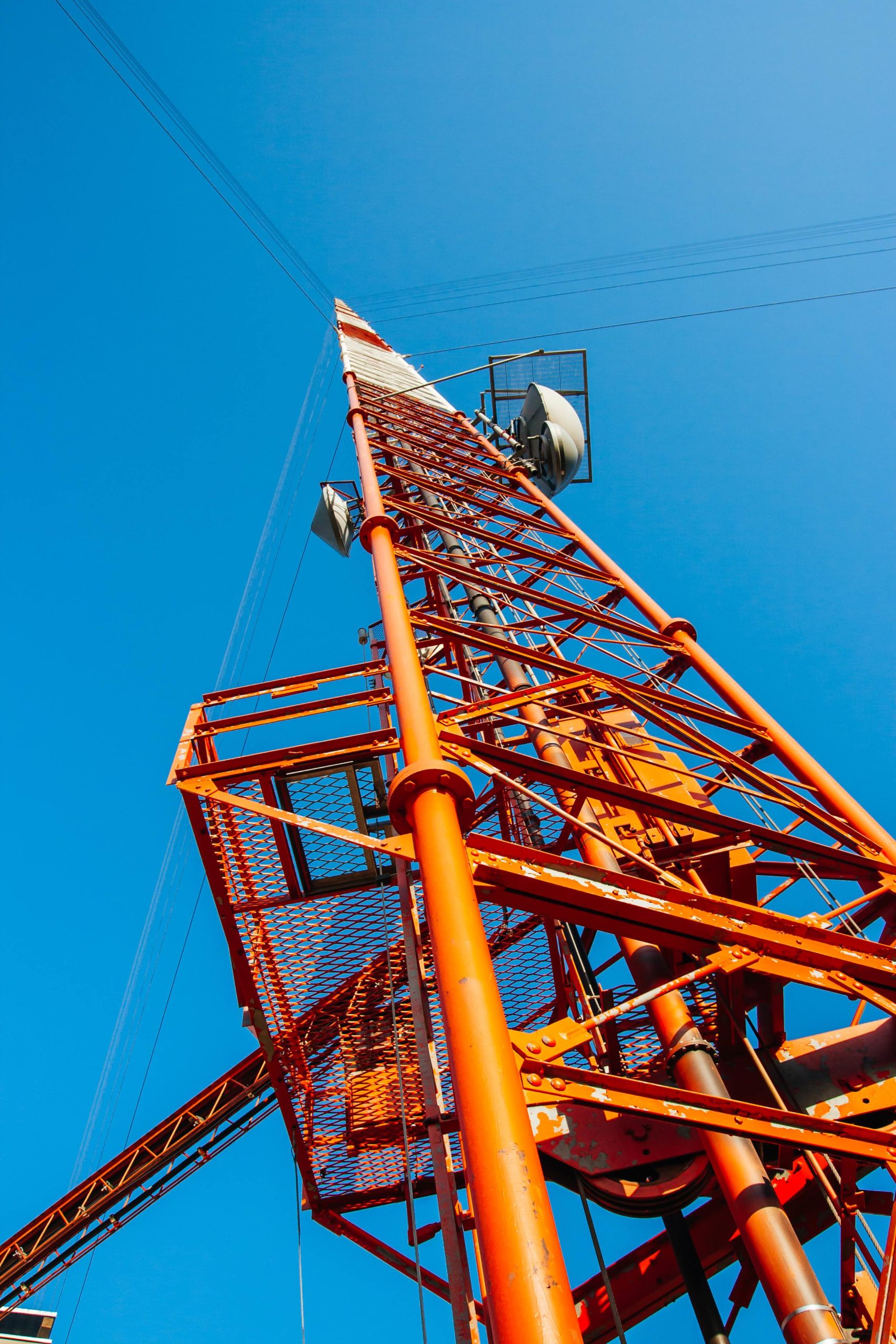
All Points Wireless provides Custom-designed, Bi-Directional Amplifier and Distributed Antenna Systems to extend coverage range for each unique environment.
A Safety BDA-DAS in your facility helps ensure that first responders remain in contact with each other during an emergency. All Points Wireless offers consultation and evaluation for all your coverage challenges and provides custom design services and expert level code compliance. Many localities now require Public Safety BDA-DAS installations within new buildings, and as part of renovation permits or inspection certifications.
Installing Bi-Directional Amplifiers and Distributed Antenna Systems is not only beneficial for first responders in emergency situations, they are also important communication tools that improve productivity and safety for maintenance, engineering, operations, and security teams.

All Points Wireless can help amplify Public Safety communication through BDA-DAS Solutions
There are two types of bi-directional amplifiers: One for two-way radios and another for cellular phones. Public safety bi-directional amplifiers for two-way radio systems and a BDA intended for cellular phone usage cannot be interchanged. All Points Wireless provides a variety of bi-directional amplifier and distributed antenna systems to extend coverage range. Every BDA-DAS solution is custom-designed for each unique environment.
Variables such as building materials, dead spots, and signal interference offer specific challenges and All Points Wireless has extensive experience deploying in-building wireless systems to meet nearly any operating conditions.
Public Safety BDA and DAS Solutions
After the tragic events of 9/11, many localities enacted ordinances making it mandatory to meet wireless signal strength standards on first responder frequencies. Most public safety radios operate on 450 MHz, 700 MHz and 800 MHz bands.
To match wireless coverage code, many jurisdictions require Bi-Directional Amplifiers (BDA) within a Distributed Antenna System (DAS). These signal boosters distribute Radio Frequency (RF) throughout a structure.

Benefits of Public Safety BDA/DAS Solutions
A Public Safety BDA/DAS in your facility helps ensure that first responders remain in contact with each other during an emergency — even in challenging areas such as stairwells, underground tunnels, parking garages, and pump rooms.
Boosting radio signals not only increases safety for first responders, it also helps public safety professionals better serve building occupants and visitors.
Signal Booster Code Requirements
In-building signal coverage statutes are based on standards set by organizations such as:
- National Fire Protection Association (NFPA): NFPA 72 Chapter 24 code requires 90 percent in-building two-way radio signal coverage, which jumps to 99 percent for critical areas like fire pump rooms, exit stairs and passageways, and elevator lobbies.
- International Fire Code (IFC): IFC-510 code requires 95 percent in-building wireless signal coverage with a minimum signal strength of -95 dB.
- FCC13-21: Part 90 regulations describe requirements for signal boosters for Public Safety and private Land Mobile Radio (LMR) service operations.
Complying with wireless signal code improves personal safety, minimizes the risk of property damage and reduces the possibility of legal liability.
Defining Cellular BDA & DAS Systems
Bi-Directional Amplifiers (BDAs) are signal boosters that sustain wireless communications throughout a facility. One type of BDA is designed for cellular devices and another kind is for two-way radios. A cell signal booster will not increase two-way radio coverage, so it is best to install each as a separate system. BDAs operate within a Distributed Antenna System (DAS), and together, BDA/DAS equipment is often referred to as in-building signal boosters.All Points Wireless provides custom-designed, bi-directional amplifier and distributed antenna systems to extend coverage range for each unique environment.
Benefitting either Radio or Cellular Systems
Most facilities have lots of of people going in and out every day, from employees and visitors to customers and clients to maintenance workers and security.
Many of these people use cellular devices, which increases the need for added signal coverage. In addition, challenging areas such as stairwells, parking garages, tunnels, and underground floors may not offer any reception at all.
That’s why many facilities install Distributed Antenna Systems and Bi-Directional Amplifiers to boost wireless coverage so people can stay in touch, every day.

Why Do You Need BDA & DAS Equipment?
When communication comes to a halt, visitors and staff in your facility not only get frustrated – more importantly, they may be cut-off from help in an emergency. Cell signals often diminish from network overload in a crisis and signal boosters can help sustain coverage.
All Points Wireless also provides BDA-DAS solutions to boost reception for phones and other devices that operate on cellular carrier networks.
In-Building Solutions
Variables such as building materials, dead spots, and signal interference offer specific challenges. All Points Wireless has extensive experience deploying in-building wireless signal boosters to meet nearly any operating conditions.




